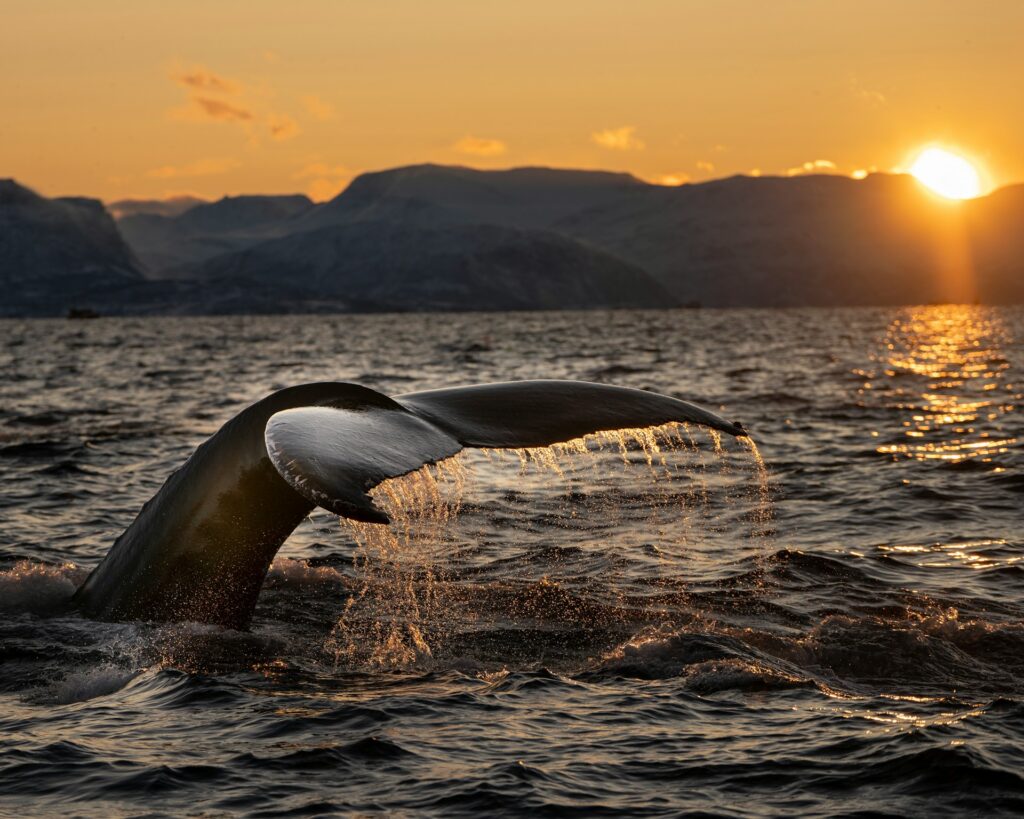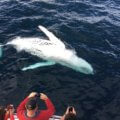
Whale Watching 101: Everything You Need to Know Before You Go
Some experiences remind you just how small you are—in the best way possible. Watching a whale rise from the water is one of them. The sight of a massive creature gliding through the water, the sound of waves, the quiet anticipation—it’s a peaceful, humbling, and truly unforgettable experience.
Thinking of witnessing this for yourself? Then, you’re at the right place. Whether you’re planning a whale-watching trip to Los Angeles or another coastal destination, we’ll tell you all you need to know before you go. From what to expect to how to book, these details will help you plan the perfect trip and fully prepare for the experience.
Let’s dive in!
What to Expect on the Tour
This adventure is both thrilling and peaceful at the same time. But if it’s your first time, you might wonder what actually happens on the tour. Well, as the boat leaves the dock and starts gliding further into the ocean, the hustle of the shore fades into the distance.
The salty breeze fills the air, and from the expansive deck areas, you take in stunning views of the endless blue. Once you’re far from the coast, the guides on deck begin pointing out signs of marine life. They share fascinating facts about different whale species and help you spot key behaviors. This includes spouts misting above the water, powerful tail slaps, or even an unforgettable breach.
To make the experience even better, some tour providers even offer snack and drink service through their onboard galley. You can sip on a warm drink while scanning the horizon, making the trip more enjoyable.
How to Book
Booking this tour is simpler than you think. You don’t even need to visit a ticket office in person. With just a few clicks, you can secure your spot online. Simply search online for keywords like “whale watching Los Angeles” or your preferred location, and you’ll find top-rated tour providers’ websites.
There, you can book your tour in minutes, choosing the best time and date that works for you. The best part? Booking online in advance not only guarantees your spot but also saves you from any hidden in-person fees or surcharges.
Best Time to Go
Timing can make or break your whale-watching experience. Why? Well, whales migrate throughout the year, so knowing when to go increases your chances of seeing them up close.
Winter and spring (December–April) are the best times to see gray whales migrating south. If you visit during summer and fall (May–November), you may spot massive blue whales, the largest animals on Earth. To get the best view, book a morning tour. The ocean is calmer, visibility is better, and there are fewer crowds.
How to Prepare for Your Trip
A little preparation can make your trip more comfortable and enjoyable.
- Dress for the Weather:
Even on warm days, the ocean breeze can feel chilly and damp. Layer up with a light jacket or windbreaker to stay comfortable. If you’re heading out in winter, a beanie and gloves might come in handy.
- Bring the Essentials:
Bringing the right essentials ensures a comfortable and enjoyable trip. Sunglasses and sunscreen protect against the sun’s glare on the water. Meanwhile, binoculars help spot whales in the distance. If you’re prone to seasickness, motion sickness remedies are a good idea. And while a camera or phone is great for memories, some moments are best enjoyed without a screen.
- Arrive Early:
Getting to the dock early gives you the best seat choices—whether you prefer the front for the best view or the back for extra stability.
Tips for Enhancing the Experience
This adventure isn’t just about seeing whales—it’s about soaking in the entire experience. Here are a few tips to make it even better.
- Choose a Responsible Tour Operator:
Look for tour operators that follow ethical guidelines, respect wildlife, and provide educational insights. The best tours ensure a great experience without disturbing the whales.
- Keep Your Eyes on the Water:
Whales don’t stay in one place. Scan the horizon for spouts, fins, or sudden splashes. Sometimes, the first sign is a misty spray of water from its blowhole.
- Stay Quiet and Enjoy the Moment:
Loud noises can disturb the peaceful atmosphere—and even the marine animals. Instead of shouting when you see one, take a moment to appreciate the sight before reaching for your camera.
Wrapping Up
Few experiences compare to watching a whale rise from the ocean, its massive tail disappearing beneath the waves. If you’re planning a trip, be prepared, stay patient, and enjoy every second of the experience.
Nature doesn’t work on a schedule, but when the moment comes, it’s pure magic. Now, all that’s left is to book your tour and get ready for an unforgettable adventure on the ocean.











